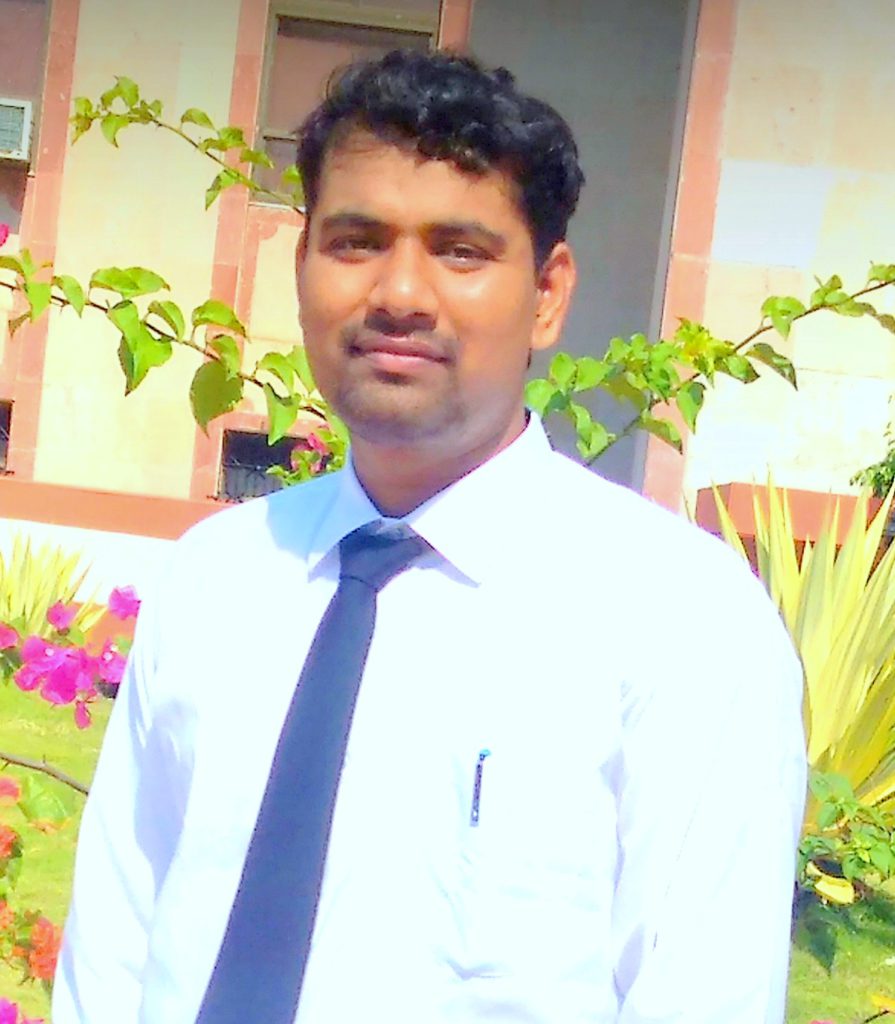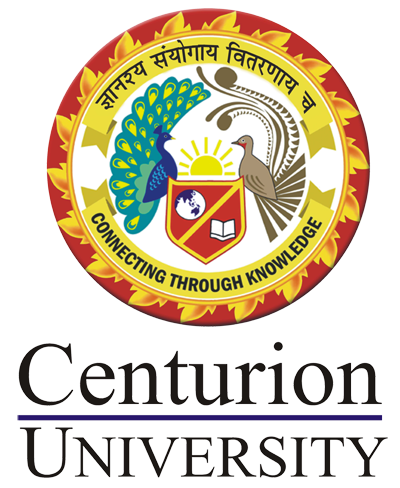per person /
Free
Fisheries Economics
Course Attendees
Still no participant
Course Reviews
Still no reviews
Course Name : Fisheries Economics
Code(Credit) : FSEE 2102 (2-1-0)
Course Objectives
- To deliver a well-developed understanding of the economics, science, and fisheries policies associated with fisheries, as well as a broad foundation in environmental and resource economics.
- To help students to understand the fish farmers respond to policies and economic opportunities.
- To let them know about different agencies servicing fishery and their policies.
- To acquaint the learner with introductory fisheries Economics, development of fisheries in India, use of yield increasing inputs, marketing, trade, and prices.
Learning Outcomes
- Improved decision making about things like fisheries production methods, fisheries input levels, and resource conservation, etc.
- Students should be able to communicate effectively, economic concepts, decision-making, and fisheries, and trade concepts.
- Students should have the skills to fit into a business, agency, or academic environment and use economic concepts to quantify and analyze issues related to their employer’s issues.
Course Syllabus
- Theory
Introduction to fisheries economics, basic economic terminologies – micro and macroeconomics, positive and normative economics, environmental economics, resource, scarcity, farm-firm relationships, production Contribution of the fisheries sector to the economic development of the country. Micro-economics: theories of demand, supply; market – equilibrium price, consumption, utility, Consumer surplus. Elasticity – price, income, cross, application of elasticity in fisheries managerial decision. Farm production economics – production functions in capture and culture fisheries; Costs and returns –breakeven analysis of fish production system; concepts of externalities and social cost;factors of production, marginal cost and return, law of diminishing marginal return, returns toscale, economies of scale and scope, revenue, profit maximization, measurement of technological change, farm planning and budgeting. Significance or importance of marginal cost. Macro-economics: Introduction to national income, accounting, measurement and determinants of national income, contribution of fisheries to GNP and employment; balance of payments, economic growth and sustainable development. Globalization: dimensions and driving Forces. Introduction to GATT and WTO. WTO Framework – Key Subjects – Agreement on Sanitary and Phytosanitary Measures (SPS), Seafood Export Regulations; Non-Tariff Barriers (NTBs) and Agreement on Anti-Dumping Procedures. Fisheries Subsidies and WTO. Fisheries Trade and Environment; protests against globalisation and WTO. Intellectual Property Rights (IPR) and different forms. Patents and patenting process, Agreement on TRIPS. Bio-piracy. GMOs in fisheries. Salient features of Indian Patent (Amendment) Act 2005. Overview of Patents in Indian fisheries sector. - Practical
Demand and supply functions of fish market – determination of equilibrium price for fish and fisheries products, calculation of price, income and cross elasticities. Production function – production with one or two variable inputs. Shifting demand and surplus curve and its importance in fish price. Economic analysis on cost, return and breakeven of any two production units like fish farm / shrimp farm / seed production unit /fish processing plant / export unit. - Reference Books
- 1. Indian Fisheries and Aquaculture in a globalizing Economy ---- Malhotra & Sinha
2. World fish farming cultivation and economics ---- E Evan Brown.
Session Plan
Session 1
- Introduction to fisheries economics, basic economic terminologies – micro and macroeconomics
- https://www.youtube.com/watch?v=2Nq8LN3XGQA&feature=youtu.be
- PPT-INTRO
Session 2
- Positive and normative economics, environmental economics, resource, scarcity.
- https://www.youtube.com/watch?
- http://courseware.cutm.ac.in/wp-content/uploads/2020/07/PPT-INTRO.pdf
Session 3
Practical-Demand and supply functions of fish market – determination of equilibrium price for fish and fisheries products.
Session 4
Production Contribution of fisheries sector to the economic development of the country.
Session 5
- Micro-economics: theories of demand, supply; market – equilibrium price, consumption, utility, Consumer surplus
- https://www.youtube.com/watch?v=outYDTq-jPc&feature=youtu.be
- PPT2-Demand
Session 6
- Elasticity – price, income, cross, application of elasticity in fisheries managerial decision.
- https://www.youtube.com/watch?v=HHcblIxiAAk&feature=youtu.be
- PPT3-elasticity
Session 7
- Practical-calculation of price, income, and cross elasticities.
Session 8
- Farm production economics – production functions in capture and culture fisheries
- PPT9 Production
Session 9
- Costs and returns –breakeven analysis of fish production system
- https://www.youtube.com/watch?v=VgF1agw8RmE&feature=youtu.be
- PPT12 breakeven analysis
Session 10
- Concepts of externalities and social cost; factors of production, marginal cost and return
- https://www.youtube.com/watch?v=qYKJdooEnwU&feature=youtu.be
Session 11
- Practical-Production function – production with one or two variable inputs.
Session 12
- Law of diminishing marginal return, returns to scale.
- https://www.youtube.com/watch?v=VgF1agw8RmE&feature=youtu.be
Session 13
- Economies of scale and scope, revenue, profit maximization
Session 14
- Measurement of technological change, farm planning and budgeting.
Session 15
- Significance or importance of marginal cost
Session 16
- Practical-Shifting demand and surplus curve and its importance in fish price
Session 17
- Macro-economics: Introduction to national income, accounting.
- https://www.youtube.com/watch?v=tD76XsVNpn0
Session 18
- Measurement and determinants of national income, contribution of fisheries to GNP and employment.
- https://www.youtube.com/watch?v=tD76XsVNpn0
Session 19
- Balance of payments, economic growth, and sustainable development.
- https://www.youtube.com/watch?v=ACYd3VwZmqk
Session 20
- Globalization: dimensions and driving Forces
Session 21
- Practical-Economic analysis on cost, return, and breakeven of production units like fish farm.
Session 22
- Introduction to GATT and WTO. WTO Framework – Key Subjects – Agreement on Sanitary and Phytosanitary Measures (SPS).
- https://www.youtube.com/watch?v=tGOjLYUCqHw
Session 23
- Seafood Export Regulations; Non-Tariff Barriers (NTBs) and Agreement on Anti-Dumping Procedures.
- https://www.youtube.com/watch?v=GK_oC31xDqs
Session 24
- Practical-Economic analysis on cost, return, and breakeven of production units like a fish processing plant.
Session 25
- Fisheries Subsidies and WTO. Fisheries Trade and Environment; protests against globalisation and WTO.
- https://www.youtube.com/watch?v=YFaZjdJpkaQ
Session 26
- Intellectual Property Rights (IPR) and different forms. Patents and patenting process, Agreement on TRIPS.
- https://www.youtube.com/watch?v=AYz407uRL0w
Session 27
- Bio-piracy. GMOs in fisheries. Salient features of Indian Patent (Amendment) Act 2005. Overview of Patents in Indian fisheries sector.
- https://www.youtube.com/watch?v=30AWw_j7STI
- https://www.youtube.com/watch?v=22LjsS1BscY
- https://www.youtube.com/watch?v=vribRyVQ6G8
Case Studies
Case Studies
Our Main Teachers

Mr. Chandan Haldar is working as Assistant Professor in the School of Fisheries, Centurion University of Technology and Management, Paralakhemundi Campus, Odisha. He has completed his M.F.Sc from ICAR-Central Institute of Fisheries Education, Mumbai, Maharashtra India and his Ph. D. thesis topic is “Identification of Growth Associated SNPs in Clarias magur (Hamilton, 1822) […]


Recent Comments